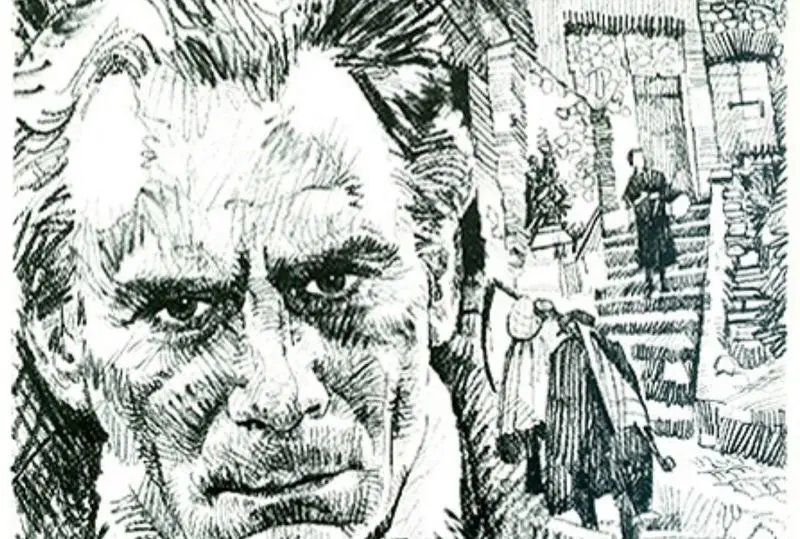Christ stopped at Eboli?
Le ragioni che spinsero Pasolini ad amare Matera sono le stesse, da un punto di vista diametralmente opposto, che hanno spinto Levi a scrivere Cristo si è fermato ad Eboli. Carlo Levi, scrittore e pittore antifascista confinato ad Aliano, in Basilicata, nel 1935, descrive Matera così: “Nelle grotte dei Sassi si cela la capitale dei contadini, il cuore nascosto della loro antica civiltà. Chiunque veda i Sassi di Matera non può non restarne colpito tanto è espressiva e toccante la sua dolente bellezza”.
Levi recounts a country running at two different speeds: the wealthy North fighting wars in Africa and empire-building and the South, forgotten by God and the powerful. In Francesco Rosi’s film, based on Levi’s book with a magisterial performance by Gian Maria Volonté, we watch the history of a primitive and superstitious world whose deep furrows cannot be affected even by the great wisdom of the protagonist. Carlo Levi’s sister, instead, defined Matera as an “infernal crater” and the scandal provoked by the book shook national politicians into action. In 1948, Palmiro Togliatti, leader of the Italian Communist Party, was the first to arrive in the city to see the degradation, where inhabitants lived with animals, for himself. Without mincing words, he called the Sassi a “national disgrace”, a shame to be eradicated with brute force to restore dignity to the people (cit. sassidimatera.it).
In 1950, following a visit to the Sassi of Matera, the Prime Minister Alcide De Gasperi tasked Emilio Colombo, a government minister who came from the area, with the preparation of a plan to reclaim the area, this eventually led to the “special law for the dispersion of the inhabitants of the Sassi di Matera” which moved 17,000 people from their homes to new housing projects built by the State nearby.
Matera, this place so “isolated from the world”, the “infernal crater” and “national disgrace” was inscribed as a UNESCO World Heritage Site in 1993 and acted as European Capital of Culture in 2019. The cuisine of the area certainly contributed to this success which has seen the Sassi of Matera held up as a model of environmental and social reclaiming. Poor people’s food, with an ancient appearance, such as the bread soup acquasale that Gian Maria Volonté eats in Francesco Rosi’s film with a glass of wine, most probably Aglianico, a grape originally known as Ellenico having come from Greece to Basilicata in pre-Roman times.


